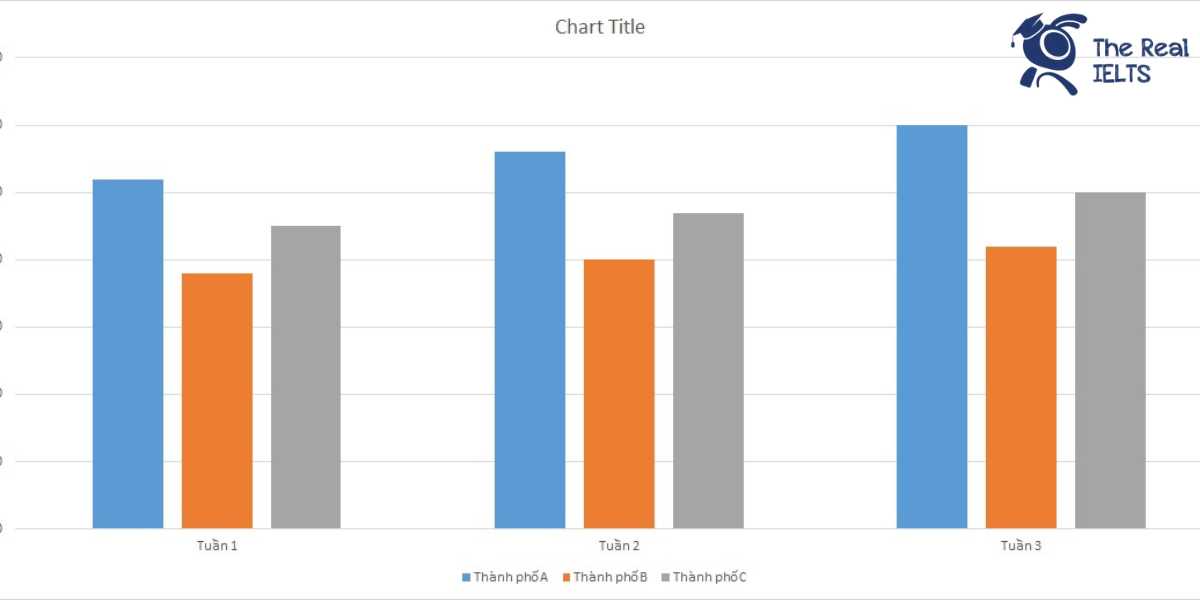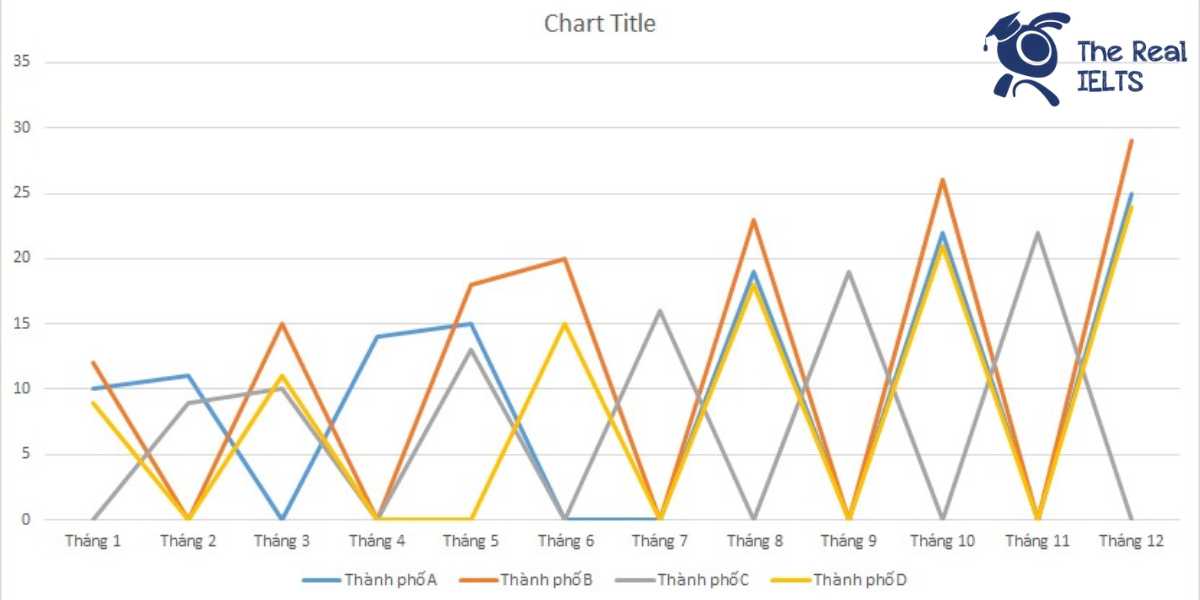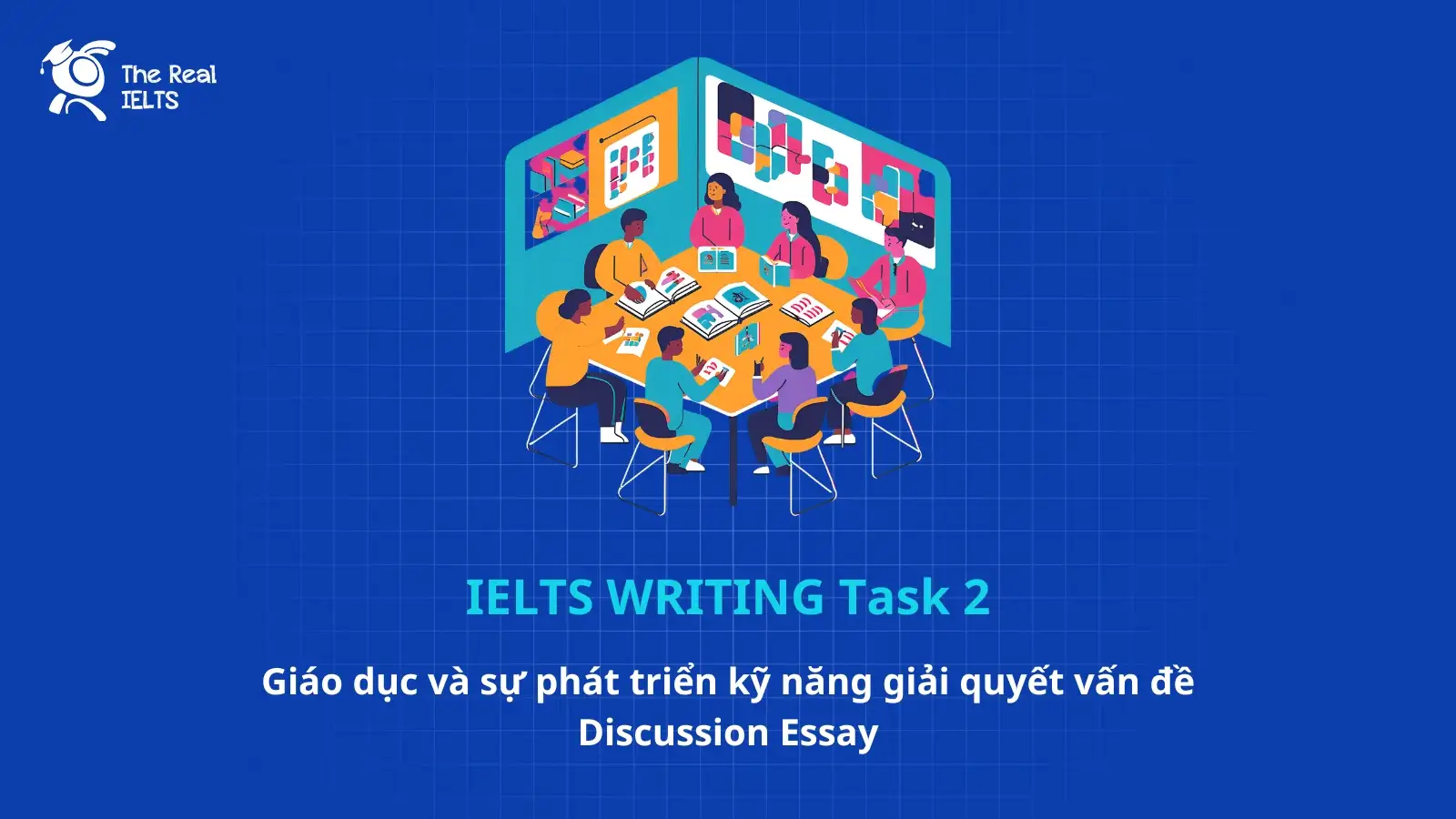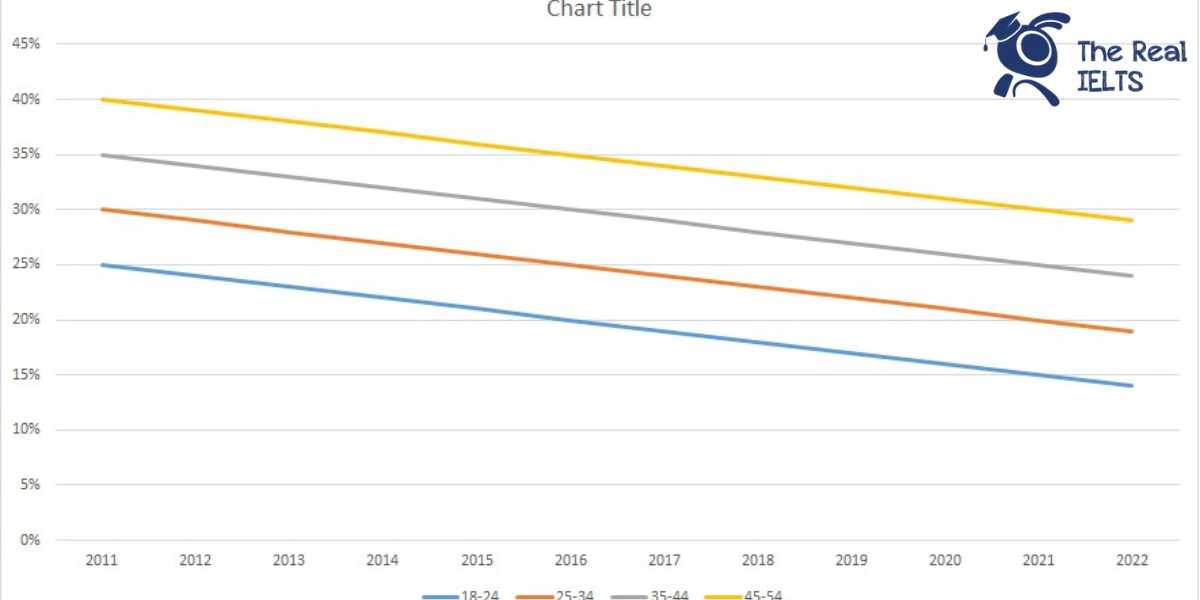Đề bài IELTS Writing task 2 dạng dạng Advantages and Disadvatages: Standardized Testing
You should spend about 40 minutes on this task
The reliance on standardized testing in education. Do the advantages of this outweigh the disadvantages?
Write at least 250 words.
Bài mẫu IELTS Writing Task 2 dạng Advantages and Disadvatages: Standardized Testing
Introduction
In recent years, standardized testing has become a fundamental part of education systems worldwide. While it provides a structured means to assess student performance, it also raises concerns about its overall impact on learning and development. In my view, although standardized tests offer certain benefits, the disadvantages they bring are more significant, especially when considering their effects on student creativity and well-being.
Body Paragraph 1: Advantages
One key advantage of standardized testing is that it creates a uniform benchmark for evaluating students. These tests offer a fair method for comparing students from different regions and backgrounds, ensuring that everyone is assessed on the same scale. For instance, university entrance exams like the SAT or ACT provide institutions with a standardized way to compare applicants from diverse educational systems. This makes the selection process more transparent and objective.
Another benefit is that standardized tests can identify areas where students or schools may need improvement. By analyzing test results, educators can pinpoint gaps in knowledge or skills that need to be addressed. For example, if a large number of students perform poorly in math, the school may introduce additional resources or specialized teaching methods to improve outcomes.
Body Paragraph 2: Disadvantages
However, the reliance on standardized testing also has significant drawbacks. One major disadvantage is that these tests often promote a narrow focus on memorization and test-taking strategies rather than deep learning and critical thinking. Students are frequently taught to “teach to the test,” where they focus on rote learning to score well, which can limit their creativity and problem-solving abilities. For instance, subjects like literature and art, which require subjective interpretation, are often neglected in favor of more testable subjects like math and science.
Another disadvantage is the immense pressure that standardized tests place on students. The stress of achieving high scores can negatively affect mental health, leading to anxiety and burnout. Research has shown that students in countries with high reliance on standardized testing often report higher levels of academic stress. This excessive pressure can hinder a student’s overall well-being and their enthusiasm for learning.
Conclusion
In conclusion, while standardized testing provides clear advantages, such as offering a fair means of comparison and identifying areas for improvement, the disadvantages, particularly in terms of promoting superficial learning and causing unnecessary stress, are more significant. Therefore, the drawbacks of standardized testing outweigh its benefits, and education systems should seek more holistic and balanced methods of student evaluation.
Thống kê cấu trúc câu và cấu trúc ngữ pháp
1. Cấu trúc câu (Sentence Structure):
- Simple Sentences (Câu đơn): Câu chứa một mệnh đề chính duy nhất.
- Ví dụ: “Students are frequently taught to ‘teach to the test.'”
- Số lượng: 2 câu.
- Compound Sentences (Câu ghép): Câu gồm hai hoặc nhiều mệnh đề chính, thường được nối bằng liên từ (e.g., “and”, “but”, “or”).
- Ví dụ: “This makes the selection process more transparent and objective.”
- Số lượng: 5 câu.
- Complex Sentences (Câu phức): Câu chứa một mệnh đề chính và một hoặc nhiều mệnh đề phụ.
- Ví dụ: “By analyzing test results, educators can pinpoint gaps in knowledge or skills that need to be addressed.”
- Số lượng: 8 câu.
- Compound-Complex Sentences (Câu ghép phức): Câu chứa ít nhất hai mệnh đề chính và một hoặc nhiều mệnh đề phụ.
- Ví dụ: “Although standardized tests offer certain benefits, the disadvantages they bring are more significant, especially when considering their effects on student creativity and well-being.”
- Số lượng: 2 câu.
2. Cấu trúc ngữ pháp (Grammatical Structures):
- Present Simple Tense (Thì hiện tại đơn): Dùng để nói về sự thật chung hoặc thói quen.
- Ví dụ: “Standardized testing has become a fundamental part of education systems.”
- Số lượng: Chủ yếu trong toàn bài (chiếm phần lớn câu trong bài).
- Present Perfect Tense (Thì hiện tại hoàn thành): Dùng để nói về hành động đã xảy ra trong quá khứ nhưng có liên hệ với hiện tại.
- Ví dụ: “Research has shown that students in countries with high reliance on standardized testing often report higher levels of academic stress.”
- Số lượng: 2 câu.
- Passive Voice (Câu bị động): Dùng để nhấn mạnh hành động hơn là chủ thể thực hiện hành động.
- Ví dụ: “Students are frequently taught to ‘teach to the test.'”
- Số lượng: 2 câu.
- Conditional Sentences (Câu điều kiện): Dùng để đưa ra tình huống giả định và kết quả của nó.
- Ví dụ: “If a large number of students perform poorly in math, the school may introduce additional resources or specialized teaching methods.”
- Số lượng: 1 câu.
- Relative Clauses (Mệnh đề quan hệ): Dùng để bổ nghĩa cho danh từ hoặc đại từ trong câu.
- Ví dụ: “These tests offer a fair method for comparing students from different regions and backgrounds.”
- Số lượng: 3 câu.
- Gerund/Infinitive Phrases (Cụm danh động từ hoặc động từ nguyên mẫu): Dùng để biểu đạt mục đích hoặc ý nghĩa hành động.
- Ví dụ: “To score well, students focus on rote learning.”
- Số lượng: 3 câu.
Các từ vựng tiếng Anh cần lưu ý trong bài viết
1. Standardized testing
- Nghĩa: Bài kiểm tra chuẩn hóa
- Giải thích: Đây là dạng bài kiểm tra sử dụng chung một bộ câu hỏi và tiêu chuẩn đánh giá cho tất cả thí sinh, nhằm đảm bảo sự công bằng và nhất quán trong việc đánh giá năng lực.
2. Benchmark
- Nghĩa: Chuẩn mực, thước đo
- Giải thích: Là một tiêu chuẩn dùng để so sánh hiệu suất hoặc chất lượng giữa các đối tượng (ở đây là học sinh) với nhau.
3. Transparent
- Nghĩa: Minh bạch, rõ ràng
- Giải thích: Tính từ này dùng để mô tả sự công khai, không thiên vị, và dễ hiểu trong các quá trình hoặc hành động, đặc biệt là khi so sánh hay đánh giá.
4. Objective
- Nghĩa: Khách quan
- Giải thích: Khi đánh giá khách quan, không bị ảnh hưởng bởi ý kiến cá nhân hoặc cảm xúc mà chỉ dựa trên sự thật và dữ liệu.
5. Rote learning
- Nghĩa: Học vẹt, học thuộc lòng
- Giải thích: Là phương pháp học mà học sinh ghi nhớ thông tin một cách máy móc mà không thực sự hiểu ý nghĩa hoặc áp dụng nó.
6. Critical thinking
- Nghĩa: Tư duy phản biện
- Giải thích: Là khả năng suy nghĩ một cách rõ ràng và hợp lý về vấn đề, phân tích và đánh giá thông tin một cách khách quan.
7. Stress / Academic stress
- Nghĩa: Căng thẳng / Căng thẳng học đường
- Giải thích: Đề cập đến áp lực và lo lắng mà học sinh cảm thấy, thường do yêu cầu phải đạt được kết quả cao trong học tập, đặc biệt là trong các kỳ thi.
8. Burnout
- Nghĩa: Kiệt sức
- Giải thích: Tình trạng mệt mỏi, mất hứng thú do áp lực kéo dài, đặc biệt phổ biến trong môi trường học tập và làm việc căng thẳng.
9. Superficial learning
- Nghĩa: Học nông cạn
- Giải thích: Chỉ việc học tập mà không đào sâu vào kiến thức, chỉ hiểu qua loa mà không hiểu rõ bản chất.
10. Holistic
- Nghĩa: Toàn diện
- Giải thích: Từ này dùng để mô tả cách tiếp cận mà cân nhắc đến tất cả các yếu tố hoặc khía cạnh liên quan, thay vì chỉ tập trung vào một phần cụ thể.
11. Well-being
- Nghĩa: Sự hạnh phúc, an sinh
- Giải thích: Chỉ trạng thái thể chất và tinh thần tốt, cảm giác hài lòng và khỏe mạnh trong cuộc sống.
Đọc thêm về bài viết gợi ý luyện thi IELTS.















